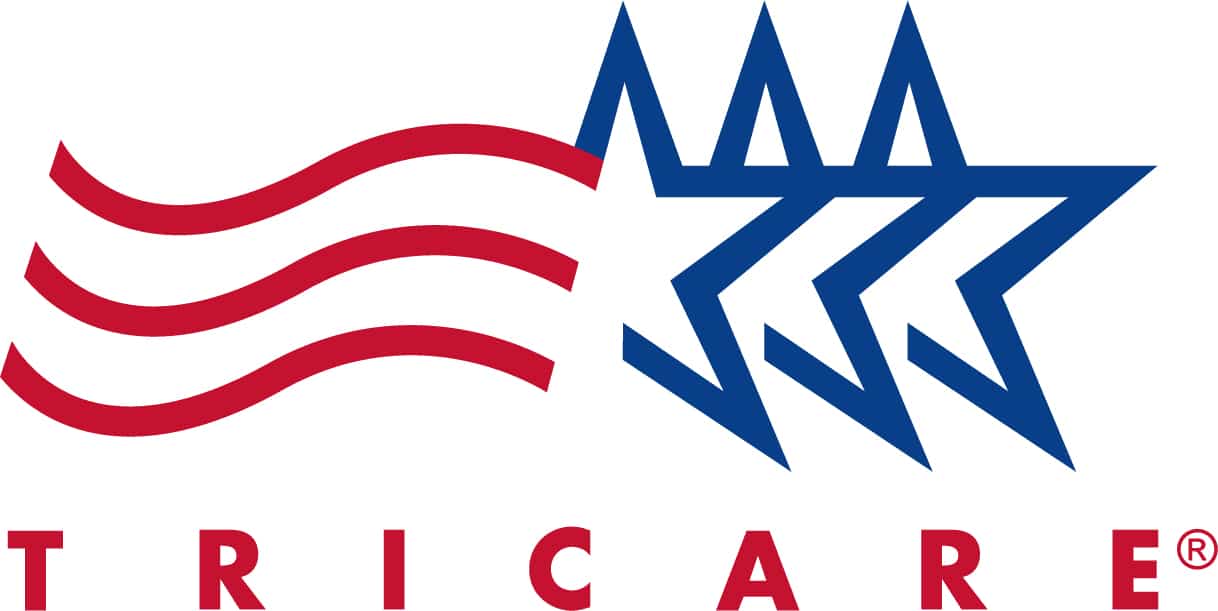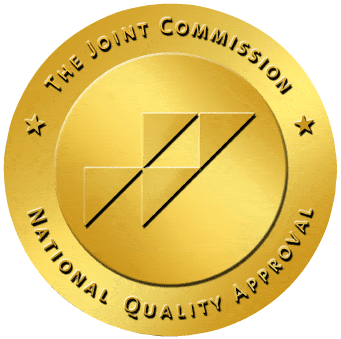On November 10th Deborah King wrote an article based out of Wooster, Ohio, regarding the state’s opioid epidemic. You can read the article here. Being a licensed substance abuse counselor, recovery ambassador, and former addict herself, she speaks from both experience and knowledge. King believes the African-American community in Ohio is not receiving the best treatment options available to them, and that addiction treatment at large could use a little TLC. We here at Arrow Passage Recovery believe she is right.
King’s article begins with a sad but very true point: Ohio is “the face of the nation’s opiate epidemic.” On top of that, King points out, “the rate of illegal drug use among African Americans is 12.4 percent, greater than the national average of 10.2 percent.” On top of all this, there are more than 20 million Americans with a substance addiction, and less than 5% actually receive treatment.
King raises some serious points in her article, and Arrow Passage Recovery has listened. Here are the topics covered by King, along with some corresponding ways we know we can help.
Not a New Problem
In speaking about how increases in prescription opioid abuse have been mostly attributed to white populations, King writes, “…minority communities have been struggling with the devastating effects of drug addiction for years.” She is absolutely right. Take a look at the graph below, provided by the National Institute on Drug Abuse (NIDA). Clearly, minority opioid abuse is not a new problem.
“People who began using heroin in the 1960s were predominantly young men from minority groups living in urban areas…,” states NIDA. “The epidemic of prescription opioid abuse has been associated with a shifting of the demographic of opioid users toward a population that is… less minority…”
At Arrow Passage, we embrace the fact that people of all ages and backgrounds can become addicted to alcohol and opiates. We offer individualized treatment with a one-on-one patient to therapist ratio. This way, a personalized treatment plan is offered, accommodating any and all ages and backgrounds.
The Incarcerated
King points out that “the incarceration rates for minorities far exceed the demographics.” She adds that minor drug offenses are fueling this issue. We at Arrow Passage agree with King, but however do not have the capability to change this situation. However, we do assure to focus on treatment, and to never treat any patient as though he or she were a criminal.
Access to Treatment
“Access to adequate treatment is also a major issue for African-Americans seeking a path to recovery,” King writes. While we may not be able to help on this note nationally, we are able to help here in Ohio. Our facility is located less than 20 miles from Wooster, where King wrote her article, and from Akron, the fifth most populated city in the state. Arrow Passage is in Massillon, just miles west of Canton. Our facility’s location choice is partly in hopes to reach a devastated community, Ohio, the 34th smallest state with the 2nd highest number of drug overdose deaths in 2014.
Mind, Body, and Soul
King believes the treatment of addiction “must be holistic in nature, treating and healing the mind, body and soul equally.” She goes on to say, “Addiction counseling must accompany medical treatment, and must be personalized for every patient…” Here at Arrow Passage we couldn’t agree more.
Come and see why Arrow Passage Recovery was voted the #1 addiction treatment facility in Ohio. While you’re here soak in the vast, green land that surrounds you in beautiful Ohio. Call Our Admissions Team for Immediate Council at 844-347-0543.














